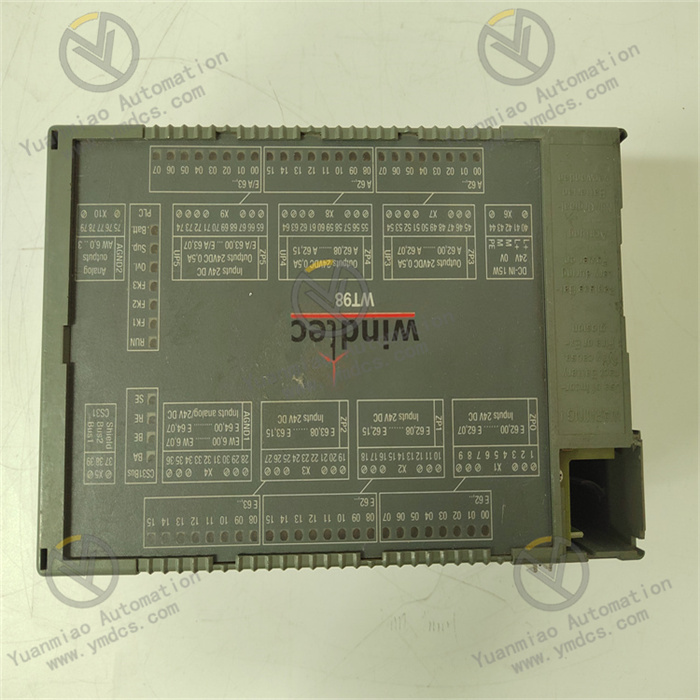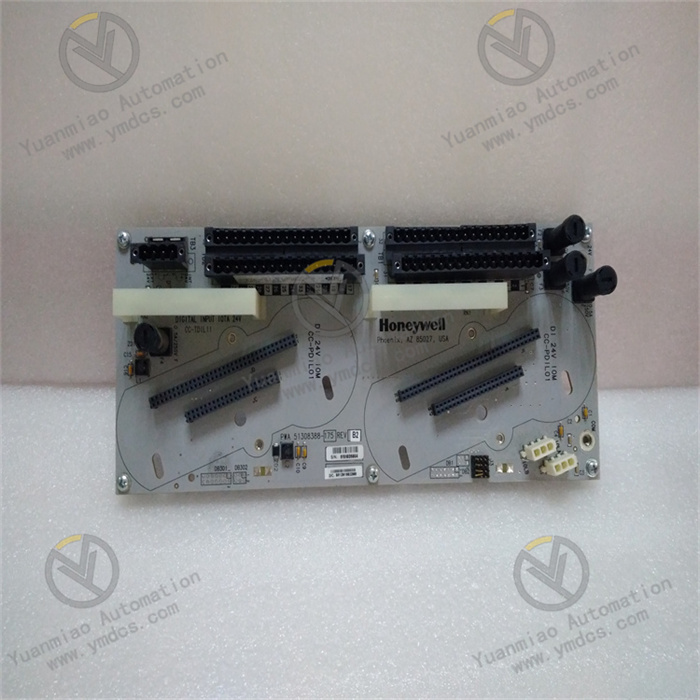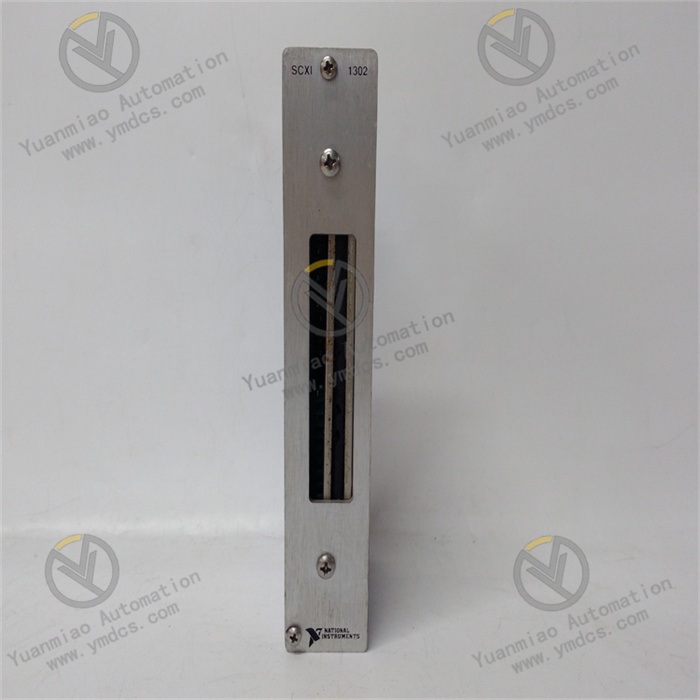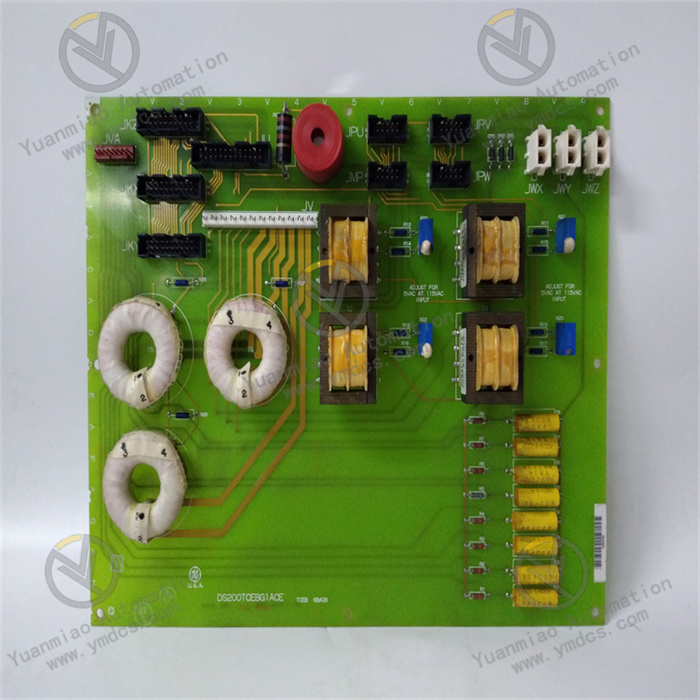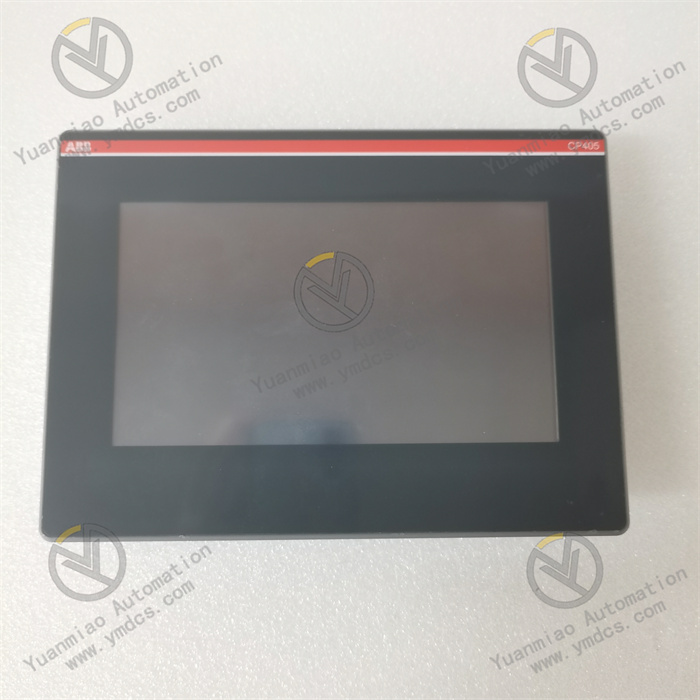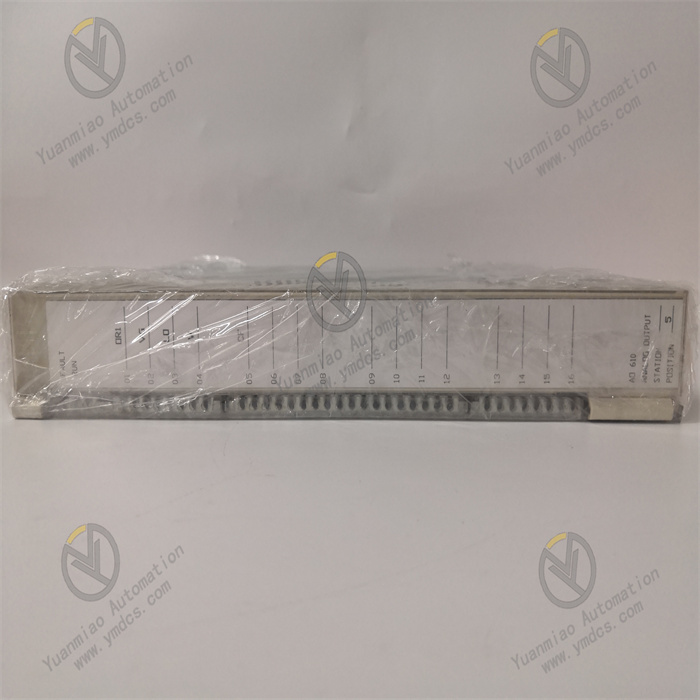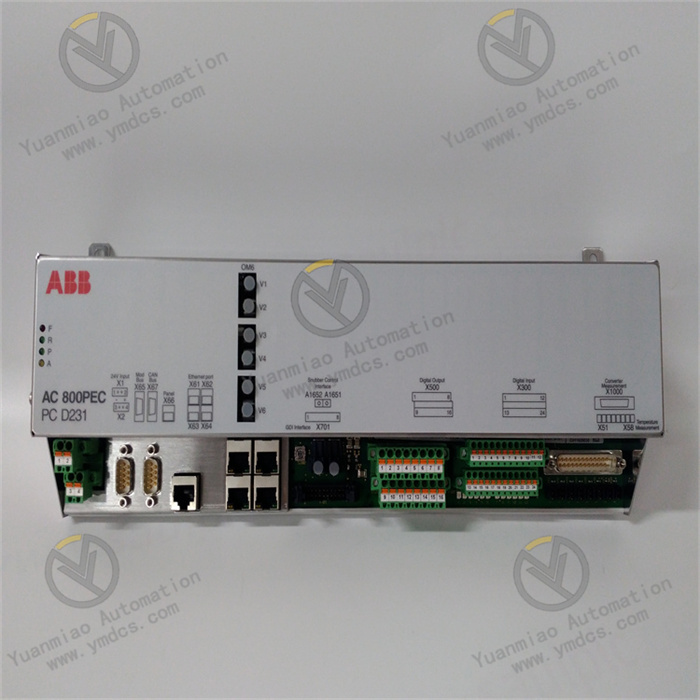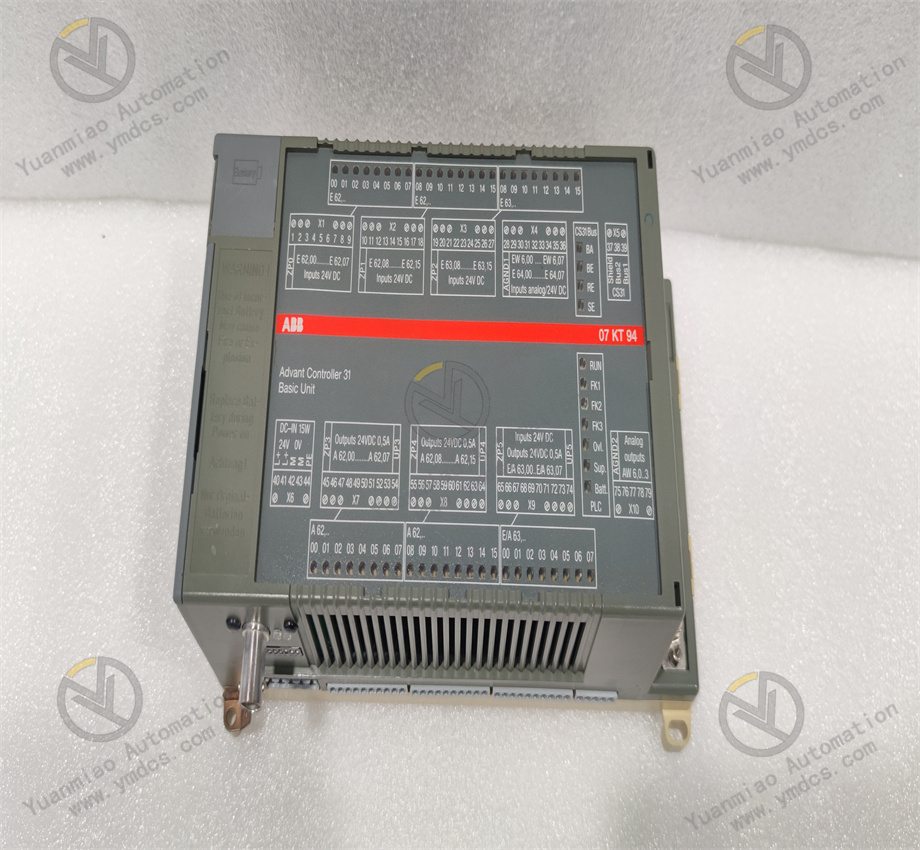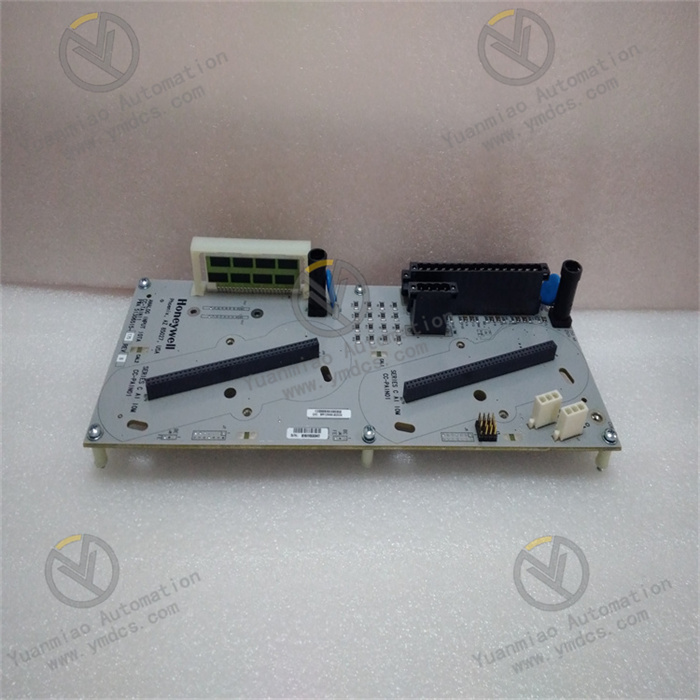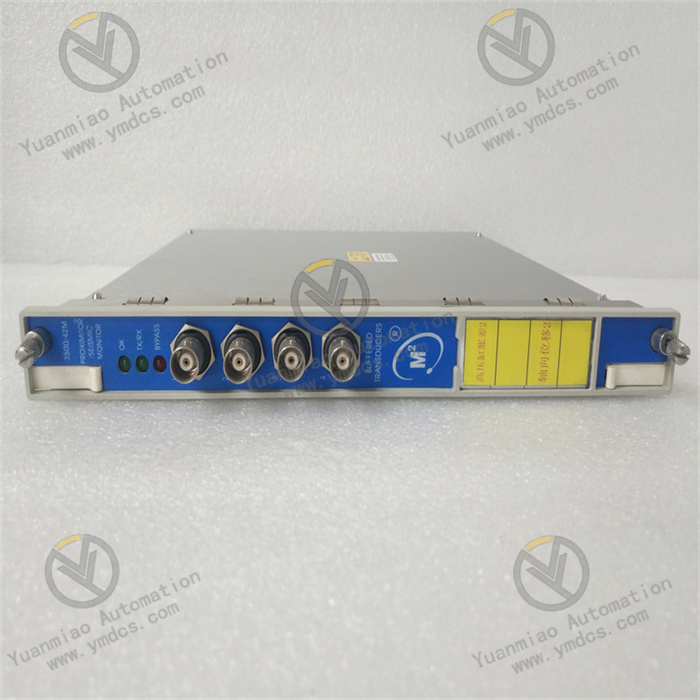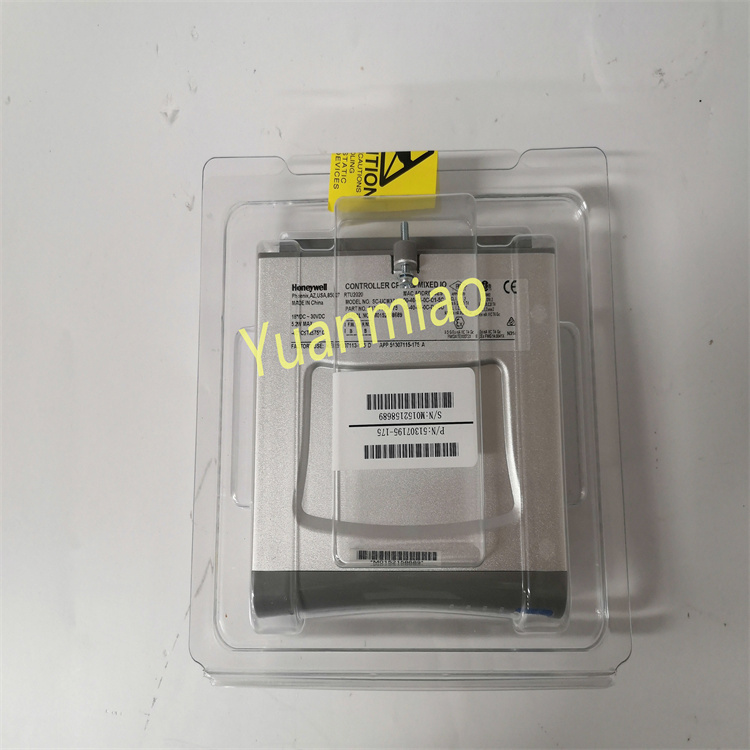Description
ABB 07KT98C GJR5253100R028
ABB 07KT98C GJR5253100R028 is the basic unit of Advant Controller 31.
Functional Features
- Powerful Processing Capacity
Equipped with a 100MHz processor, it can handle various control tasks at high speed, quickly execute complex control algorithms and logical operations, and ensure real-time response of industrial automation systems. - Ample Memory
With 2MB of program memory and 1MB of data memory, it can store a large amount of program code and data, supporting the programming and operation of complex industrial automation projects to meet the needs of multiple application scenarios. - Flexible Input/Output
- Analog Input: 8 channels supporting multiple signal types, such as 0 - +5V, -5 - +5V, 0 - +10V, -10 - +10V, 0 - 20mA, 4 - 20mA, PT100, etc. These channels can also be used as digital inputs.
- Analog Output: 4 channels with signal types of -10 - +10V and 0 - 20mA, meeting the control requirements of various industrial devices.
- Convenient Programming
Supports multiple programming languages, facilitating programming and debugging for users with different proficiency levels and habits, reducing programming difficulty and improving development efficiency. - Strong Communication Function
Supports multiple network protocols and can communicate with upper computers and other devices through communication ports such as Ethernet, RS-232, and RS-485, enabling data transmission and collaborative work among devices in industrial automation systems. - High Reliability
Adopting highly reliable hardware and software designs, certified by CE and UL, it can operate stably in harsh industrial environments from -40°C to 70°C, adapting to various complex industrial scenarios.
Technical Parameters
- Processor speed: 100MHz.
- Program memory: 2MB.
- Data memory: 1MB.
- Communication ports: Ethernet, RS-232, RS-485.
- Analog input: 8 channels, multiple signal types, 10-bit, 11-bit, or 12-bit precision.
- Analog output: 4 channels, -10 - +10V (11-bit precision); 0 - 20mA (12-bit precision).
- Operating temperature: -40°C to 70°C.
Working Principle
It receives input signals from sensors and operation buttons, processes them according to preset logic and control algorithms, and then outputs control signals to achieve automatic control of various industrial devices. As the core control unit in industrial automation systems, it communicates with other devices through network protocols, coordinates the work of each component, and ensures the stable and efficient operation of the entire system.
Troubleshooting
- Communication Failure
- Check if the communication cable is firmly connected, free of damage, or interference.
- Confirm that the communication parameter settings match those of the connected device.
- View the system diagnostic log, judge the problem based on error codes, and contact technical support in case of protocol incompatibility or interface chip failure.
- Power Failure
- Use a multimeter to measure the voltage at the module's power terminal to ensure it is within the normal range.
- Check if the power cable is well-connected, whether the power adapter works normally, and if there is a fuse, check if it is blown.
- Abnormal Input/Output
- Check if devices connected to the module, such as sensors and actuators, work normally.
- View the signal indicator lights on the module to confirm the signal transmission and reception status.
- Use relevant tools to measure the parameters of the module's input and output terminals, compare them with the rated values. If abnormal, it may be an internal circuit failure, requiring further inspection or replacement.
- Environmental Issues
- Confirm that the module's installation environment temperature is within the specified range, avoiding direct sunlight and proximity to heat sources.
- Check the installation location for dust, moisture, etc., and clean it in a timely manner to prevent failures caused by poor heat dissipation or short circuits.
- Ensure the module is kept away from electromagnetic interference sources such as large motors and transformers, and shield communication and power cables when necessary.


